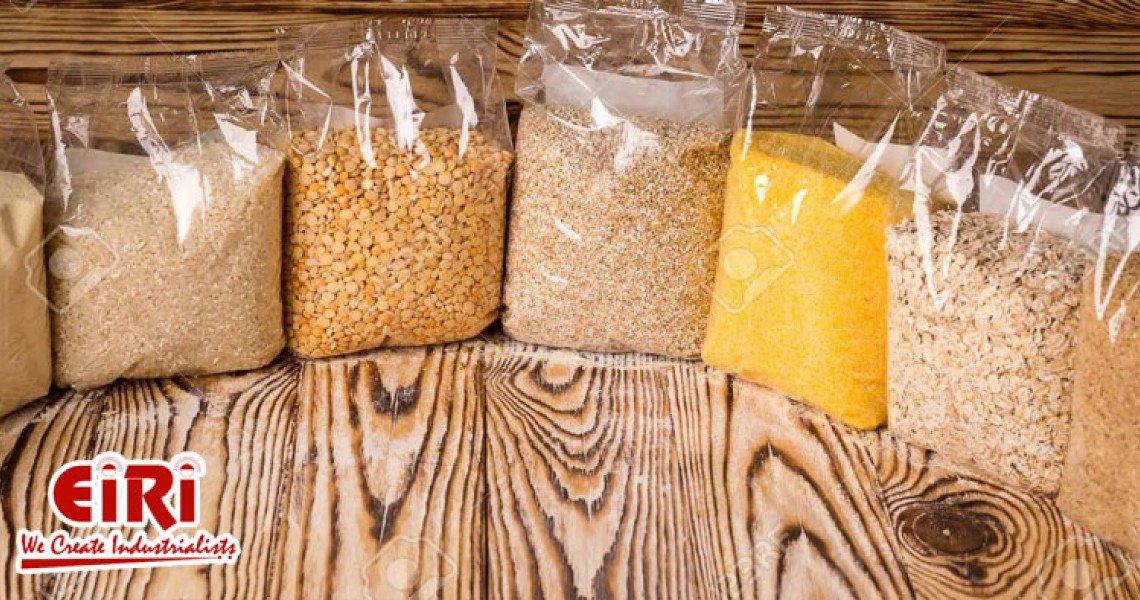Food Grains Packaging Industry - Challenges and Future

The food grains packaging refers to keeping food grains in protection from contamination or tampering from biological, physical, and chemical sources. It means it has active packaging as the common packaging system assuring preserving the food grains or food products.
Packaging is a vital component of every commodity. Every packaging industry includes design and technology to work to offer proper maintenance during storage, shipping, and sale.
Food Grains Packaging Market
The packaging industry growth in India focuses largely on technological advancements, several logistic applications, and packaging sector development. The Indian packaging market is now studying the segmentation of the market on different materials such as paper, glass, plastic, and metal. While studying the market, it comes to notice that everything, food, healthcare, beverage, personal care, and more, requires packaging.
The food grains as consumer packages are mostly in heat-sealed pouches made using LDPE. It offers a satisfying moisture barrier to the grains, assuring the required shelf life. The storage of grains ranges from piles to unprotected grains on the floor. It may be piles of sacked grain, underground containers, or pits of varying shapes and sizes of storage bins. The grain must dry to have 0.70 aw as moisture content or even less before packaging and storage.
Food Grain Packaging Industry Challenges in India
India has dual challenges to face, increasing inflation and food security. With food grain production increasing with advanced farming technologies, there is enough stock of food grains. Thus, there is a need for substantial improvements in storing to support efficient packaging and handling systems.
The only mantra is efficient packaging for food grains. It alone will make a huge difference in the food grains quantity that India loses every year in the supply chain. In India, the post-harvest wastage is nearly 26 %, and in developed countries, it is only 2%.
Using jute bags for packaging food grains was an aim to provide relief to the jute mill farmers and workers. It was a 1987 introduced act to phase out by the year 1994. However, even today, the jute bag continues and is now imposing high costs on the Indian economy. The high costs are the result of food grain loss during storage, transportation, and handling in jute bags.
Safeguarding the jute farmer’s interests and jute mill workers was the key reason to bring in jute packaging for food grains. However, studies show that the jute mill workers and the jute farmers, none have benefited.
At the same time, the commodities volume needs bulk packaging of food grains, while the raw jute production and jute sacking remain the same. The raw jute import is hardly fulfilling 10% of India’s requirements. Thus, Bangladesh is entering the country with a large jute goods volume using illegal channels. The domestic food grains face frequent disruption in jute sacks shortages and supply.
Thus, consumers are paying high prices to comply with jute bag norms. The market-driven economy is against the economic freedom and liberalization spirit, as this is an aberration act. Now food grains in large quantities are lost due to insects, contamination, moisture, and rodents. The wastage estimated in India of the agricultural produce from the total production is not less than 40%. It is substantial with food grains such as pulses, staples, and oilseeds.
Future of Food Grains Packaging Industry
Why not take a bolstering step to further the Indian economy and the food grains packaging industry?










